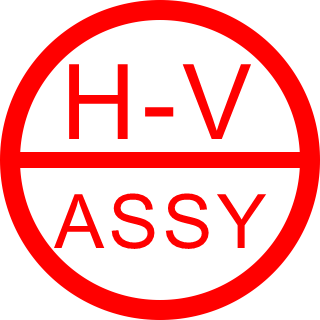A dry type of transformer production line is a highly automated and intelligent manufacturing system specifically designed for the production of dry type transformers. This production line typically integrates advanced manufacturing technologies with information technologies to enhance production efficiency, ensure product quality, and reduce production costs. Here is a detailed introduction to the dry type of transformer production line:
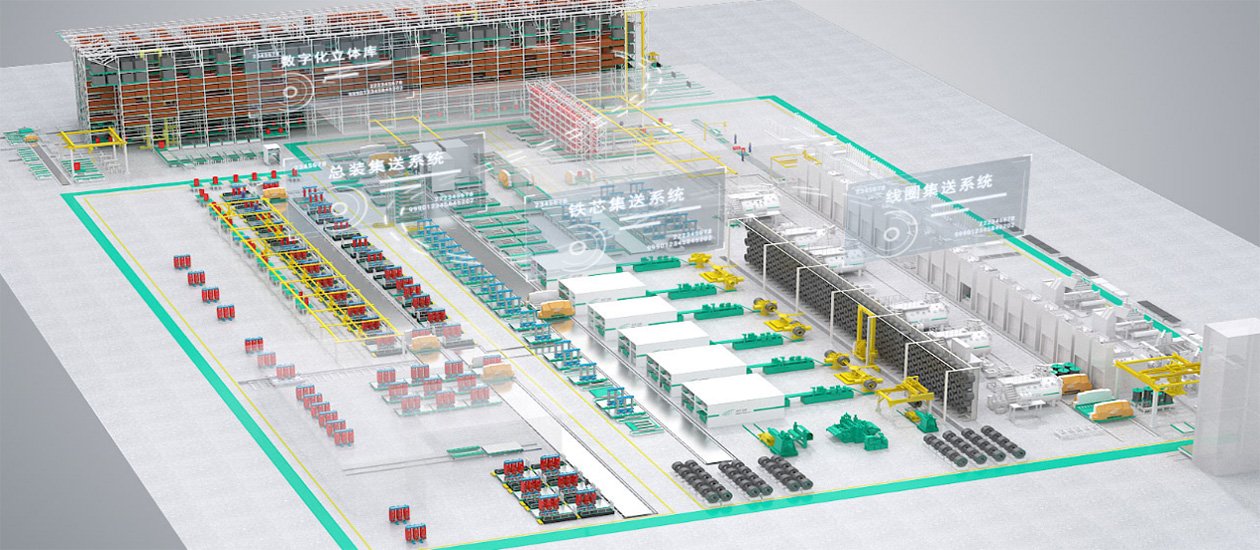
Overview of the Production Process
- Raw Material and Semi-finished Product Management
The first step in the production line is the management of raw material and semi-finished product storage and logistics. This often involves automated warehousing systems and material handling equipment, such as AGVs (Automated Guided Vehicles) and RGVs (Rail Guided Vehicles), to ensure efficient flow of materials and semi-finished products.
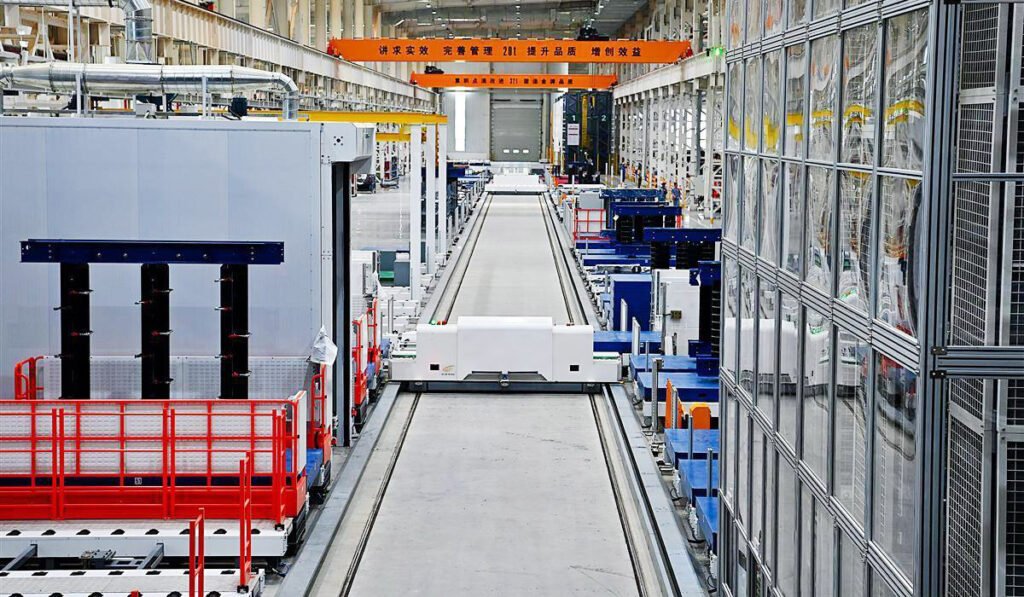
- Inner Mold Assembly
In the inner mold assembly stage, automated equipment assembles the core and windings according to preset process designs. This step is crucial for ensuring the structural stability and electrical performance of the transformer.
- Winding
Winding is a key step in the manufacture of dry type transformers, involving the precise winding of conductors around the core according to specific design requirements. This process is typically carried out by numerical control winding machines to ensure accuracy and consistency.
- Outer Mold Assembly and Potting
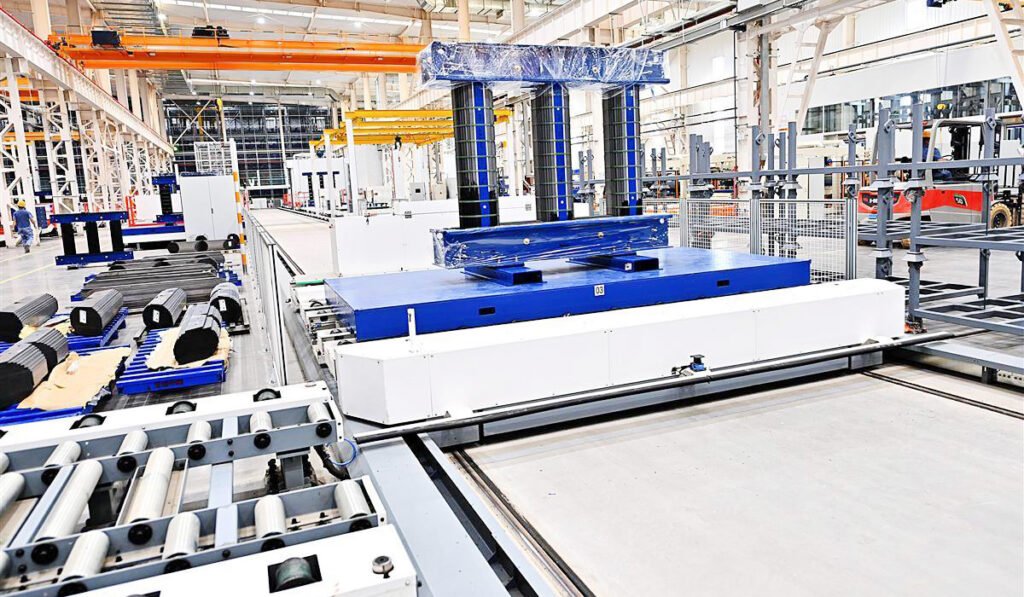
After winding, the outer mold is assembled, and the potting process is carried out. This step may involve using epoxy resin or other insulating materials to pot the windings, enhancing their insulating properties and mechanical strength.
- Curing and Demolding
After potting, the transformer needs to go through a curing process to ensure that the insulating materials are fully hardened. After curing, the mold is removed, revealing the completed transformer.
- Winding Cutting and Grinding
Winding cutting and grinding are subsequent processing steps used to trim the edges of the windings, ensuring the appearance and electrical performance of the transformer.
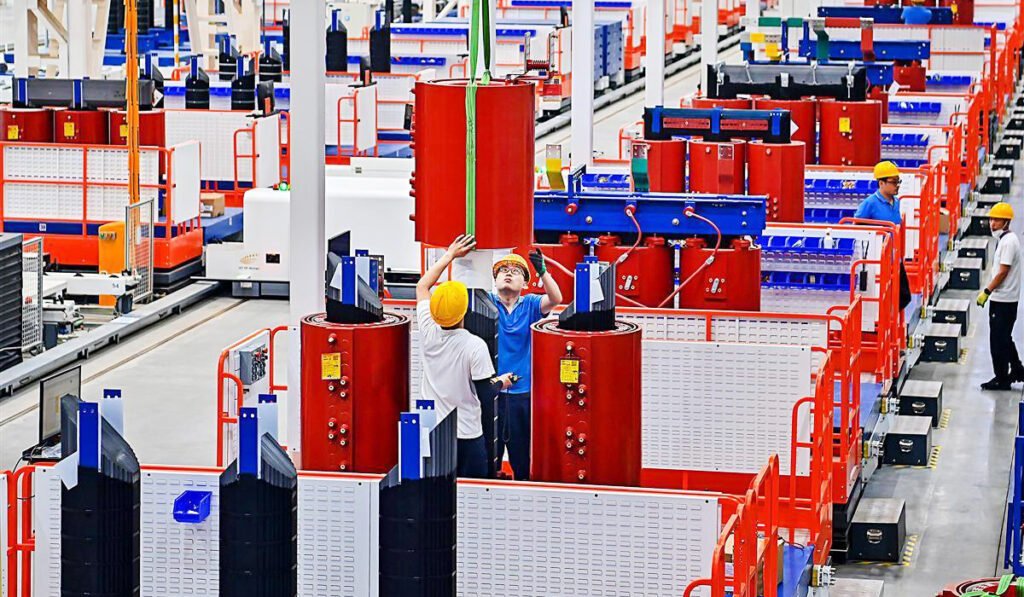
- Final Assembly
Once all components are ready, the transformer undergoes final assembly, including connecting leads, installing insulating parts, and the casing.
- Factory Testing and Inspection
Completed transformers undergo a series of factory tests and inspections, including electrical performance tests and insulation strength tests, to ensure that the products meet quality standards and customer requirements.
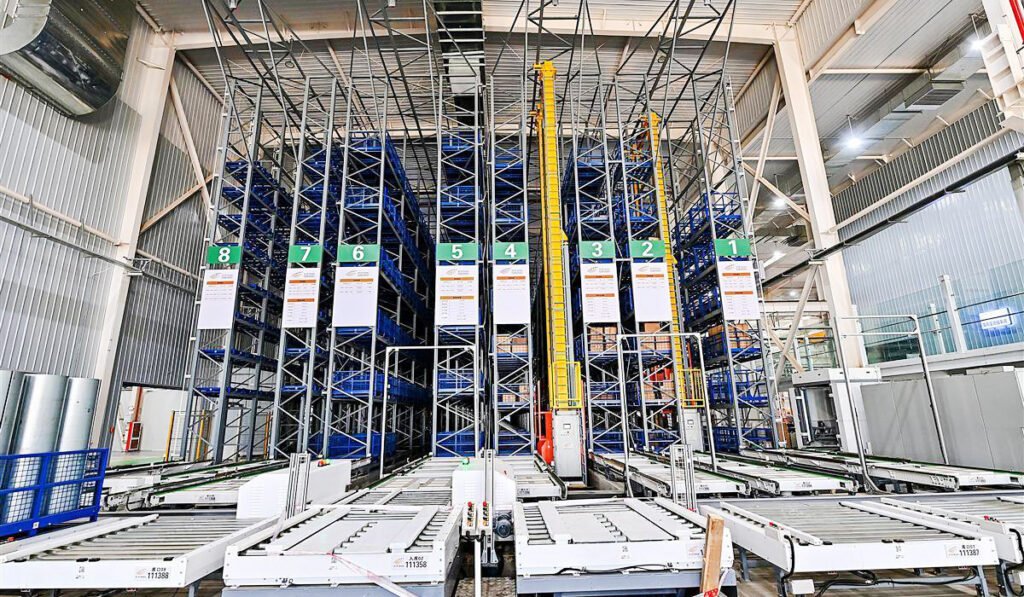
Technical Features
- Automation and Intelligence The production line uses automated equipment and intelligent management systems, such as ERP (Enterprise Resource Planning), WMS (Warehouse Management System), PDM (Product Data Management), etc., to achieve transparent and efficient management of the production process.
- 5G and Information Integration The use of 5G technology enables high-speed data transmission and real-time monitoring of production equipment, optimizing the production process through digital twin technology.
- Environmental Protection and Energy Saving The production process of dry type transformers focuses on environmental protection and energy saving, such as using vacuum oil filling and acid washing-spray painting processes to reduce environmental pollution and energy consumption.
- Quality Control The production line is equipped with a full set of factory testing and material testing equipment to ensure that each transformer meets high-quality standards.
Conclusion
A dry type of transformer production line is a complex system that integrates multiple advanced technologies. It not only improves production efficiency and product quality but also reduces production costs through intelligent management. With continuous technological advancements, future dry type transformer production lines will become more automated and intelligent, providing the power industry with more reliable and efficient power transmission and distribution equipment.
